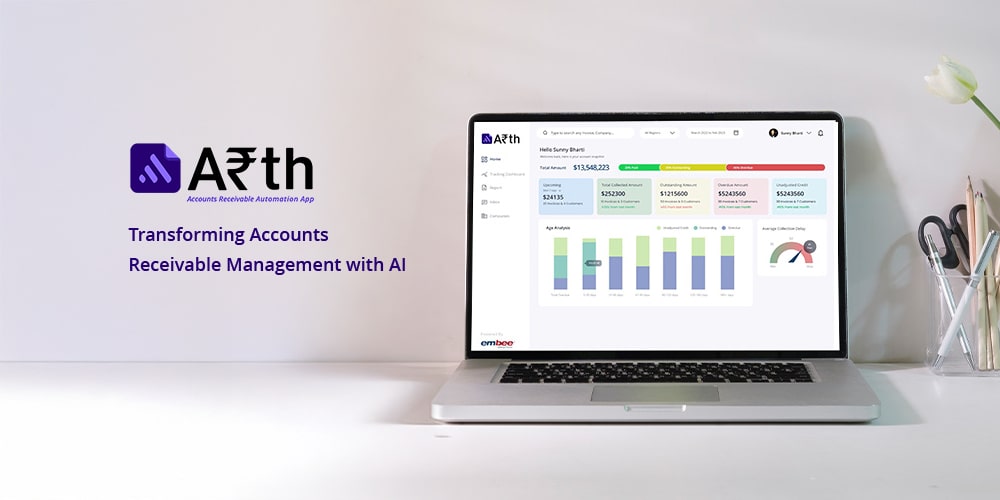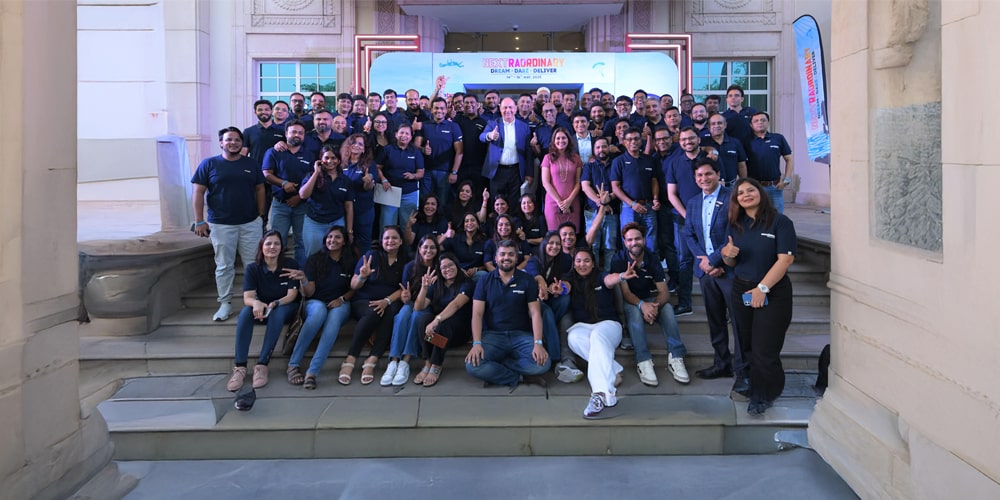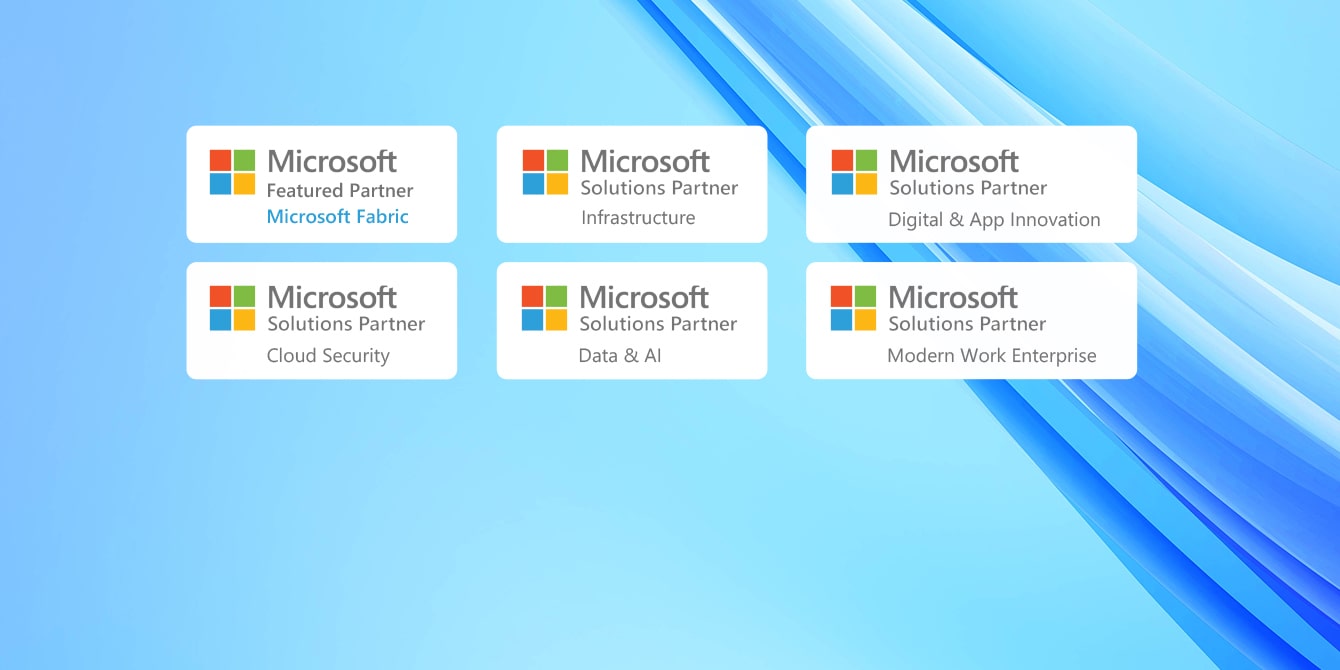The exponential growth in online payments in India, with total digital payment market expected to grow to USD 1 trillion by FY23E and the post-demonetization emphasis on building a cashless economy highlighted the need for strengthening and bolstering financial cybersecurity, the cyber threats attacking the BFSI sector have been increasing. The breach at the State Bank of India, India’s largest bank, in 2019 exposed the data of its 422 million customers including their bank account numbers and bank balance.
Will 2024 be any better?
Security experts expect 2024 to witness increased threat perception and even more targeted, sophisticated attacks. Here’s our quick take on the main types of security threat trends that can affect BFSI organizations in 2024:
1. Mobility security threats will take the forefront: As per a study conducted by global tech company Avaya, Indian customers are more likely to use a mobile banking app than customers in Australia, Britain and the UAE. It estimates that 26% of Indian customers prefer accessing services via the bank’s website and mobile app rather than talking to a human agent against 19% in Australia, 21% in Britain and 24% in the UAE. Mobile-first consumers are more vulnerable to malware variants devised to steal personal banking information by cyber criminals. Increasing demand for faster BFSI transactions, particularly the ones across the border, are being targeted by cyber criminals.
2. Large scale anti-fraud bypass: As organizations adopt stringent security measures – moving beyond stronger passwords, PII, firewalls – cyber criminals too invest in sophisticated methods to by-pass the systems. In a recent discovery by Kaspersky, they uncovered an underground market for digital fingerprints of users across the globe. Apart from the user fingerprints, it contained website user login and passwords, credit card information, etc. This type of attack highlights the cybercriminals’ in-depth knowledge and the ease of adopting technology to defeat the guarded systems.
3. ATM hacks are going to get more frequent: Most ATM’s of the leading manufacturers are vulnerable to security breaches. According to a report from Positive Technologies, 69% of the ATM’s are vulnerable to existing attacks. Interestingly, the ATM Malware was the most expensive hacker service on the DarkNet in 2018 while 2019 saw the ATMJadi malware which attacks specific banks. Another interesting piece of malware first detected in India in 2019 was ATMDtrack, and is programmed to cash out ATMs. So, the attacks on ATMs since 2020 to till date are expected to get more frequent, sophisticated and targeted.
4. Fraud-as-a-Service isn’t rare anymore, especially account-centric frauds: Support for smart cards at purchase points, biometric authentication, tokenization of payments, etc. have made hacking more difficult for cybercriminals. Even then however, financial fraudsters show no signs of slowing down. Individual hackers have now morphed into hacker syndicates that leverages a combination of banking knowledge, technology and insider information for executing illegal transactions, money laundering and credit/debit card frauds. Imitating the models of IT solution and service providers, cybercriminals have rolled out solutions of their own. Ransomware Trojans can be franchised or leased; for instance – DDoS attacks can now be ordered and phishing websites can be set up overnight. This Fraud-as-a-Service model has opened up new opportunities for newbie hackers who might lack skills and experience that were once mandatory. This means financial organizations need to prepare harder for more and frequent attacks, of varied intensity.
5. The era of social engineering and phishing is not over yet: While newer and innovative ways of stealing financial data emerge every day, conventionally tried and tested methods of financial cybercrimes like phishing, network scanning, virus/ malicious code, website defacements and website intrusion & malware are growing as strong as ever. Lack of monitoring and detection technology, processes and governance can be ascertained as the major reasons for this.
Consumer awareness is a must, along with a real-time threat detection and resolution:
While RBI and the Government are taking proactive steps to battle cyber-attacks, they are also dependent on the coordinated and timely action from stakeholders. As the BFSI ecosystem evolves with newer technology trends like crypto-currencies and blockchain, cybersecurity must be prioritized as a part of the design architecture with the aim of detecting the stemming attacks in real time, rather than repairing the damage. This is to say; security contracts should not be limited to uptime and resolution of vulnerabilities but must be embedded in an organization’s ecosystem. Security boundaries for all players in the BFSI sector should also be extended to end users. These measures should be supported by multichannel, multilingual and multicultural campaigns aimed at consumer education and awareness.
Given that security investment is going to be a priority in the BFSI sector, how robust would you consider your strategy? What are the security threats your organization faces? Tell us below!





















































